The initial connection we envisioned was a clamp to attach the entire project to the armrest of the wheelchair. When I first started designing the clamp structure, I thought it would be a simple task. However, once I actually started working on it, I found that it was more difficult than I thought. It would be almost impossible for me to start designing a completely new clamp from scratch because I don't have the ability to machine metal or plastic parts. If 3D printing is used, there may be a problem of damage due to force, because the force on the clamp is actually very large, but there are precision parts such as large screws. So after trying out the design a few times, I converted my current one to: identifying a good enough clamp and finding a way to organically integrate our project with it.
Therefore, I purchased three different clamps and tested their possibilities individually.
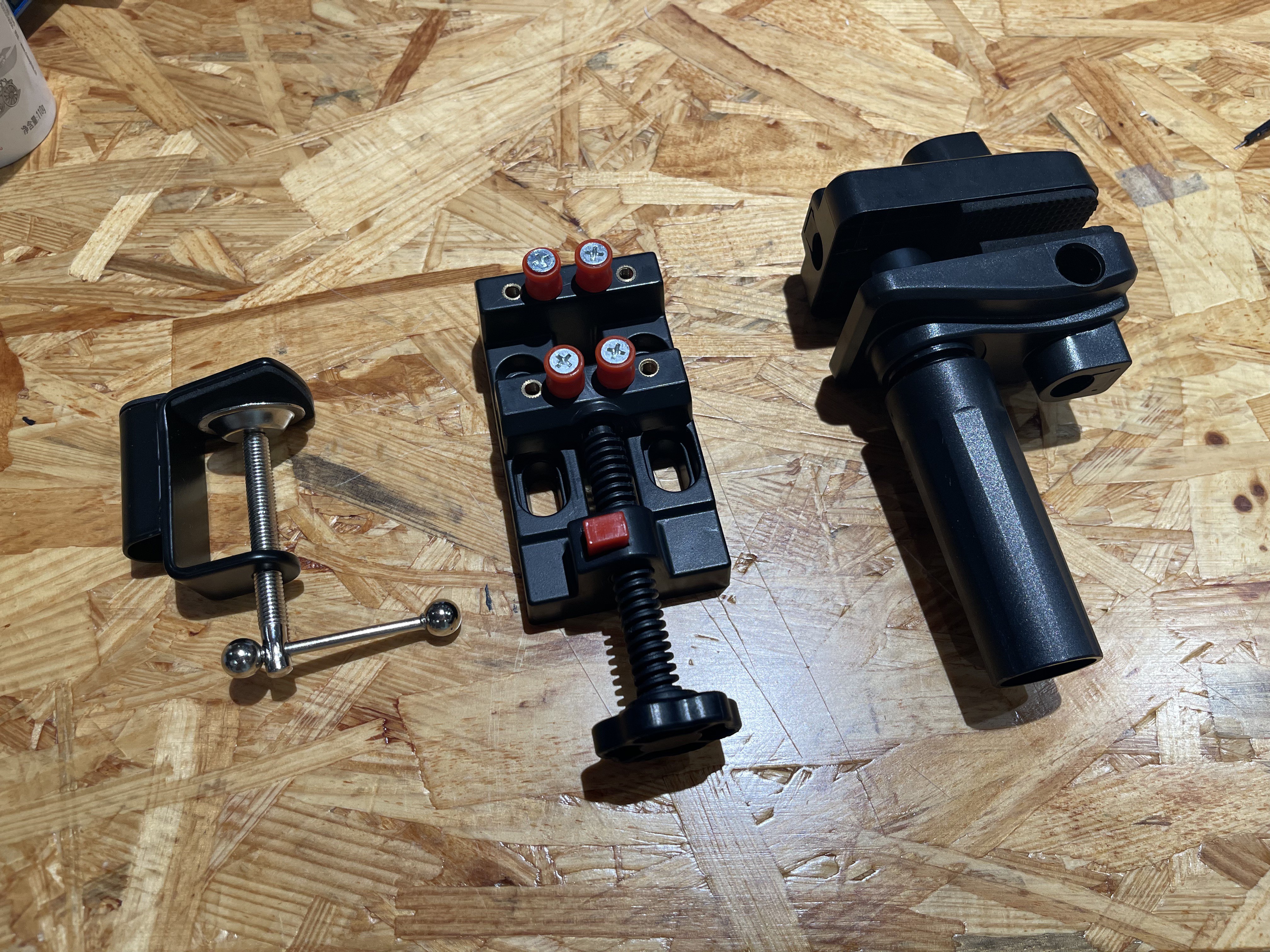
To be honest, all three are pretty silly, but these are the most typical clamps I can buy on the market and the ones that worked best for our project. The one I originally bought was the one in the middle. It has a simple structure and can be easily combined with some wooden boards and other things. However, the clamping part is too short to function as a clamp. Even though there are several screw holes on the top of the clip, I still had trouble finding a suitable way to extend it. Even when extended, its stability was very questionable, so I quickly ditched the clamp. The second clamp is the one on the far left in the picture. It's more classic and more stable than the first clamp, but it has nothing to expand on to create an organic connection to our project. In addition to this, this model of clamp cannot create a large enough opening, making it unusable for some thicker handrails.
Finally I came to this clamp on the far right, which is my final design. This clamp is actually a clamp inside a mobile phone holder, which I separated out for use in our project. Although larger than the previous two, it is more beautiful and easier to adjust. Any user can adjust the clamp by turning the lower handle with very little effort. In addition, this clamp has holes in three different directions for connection. Although it was very difficult to exploit these three holes, I eventually figured out a suitable method with the insights from Freddie.
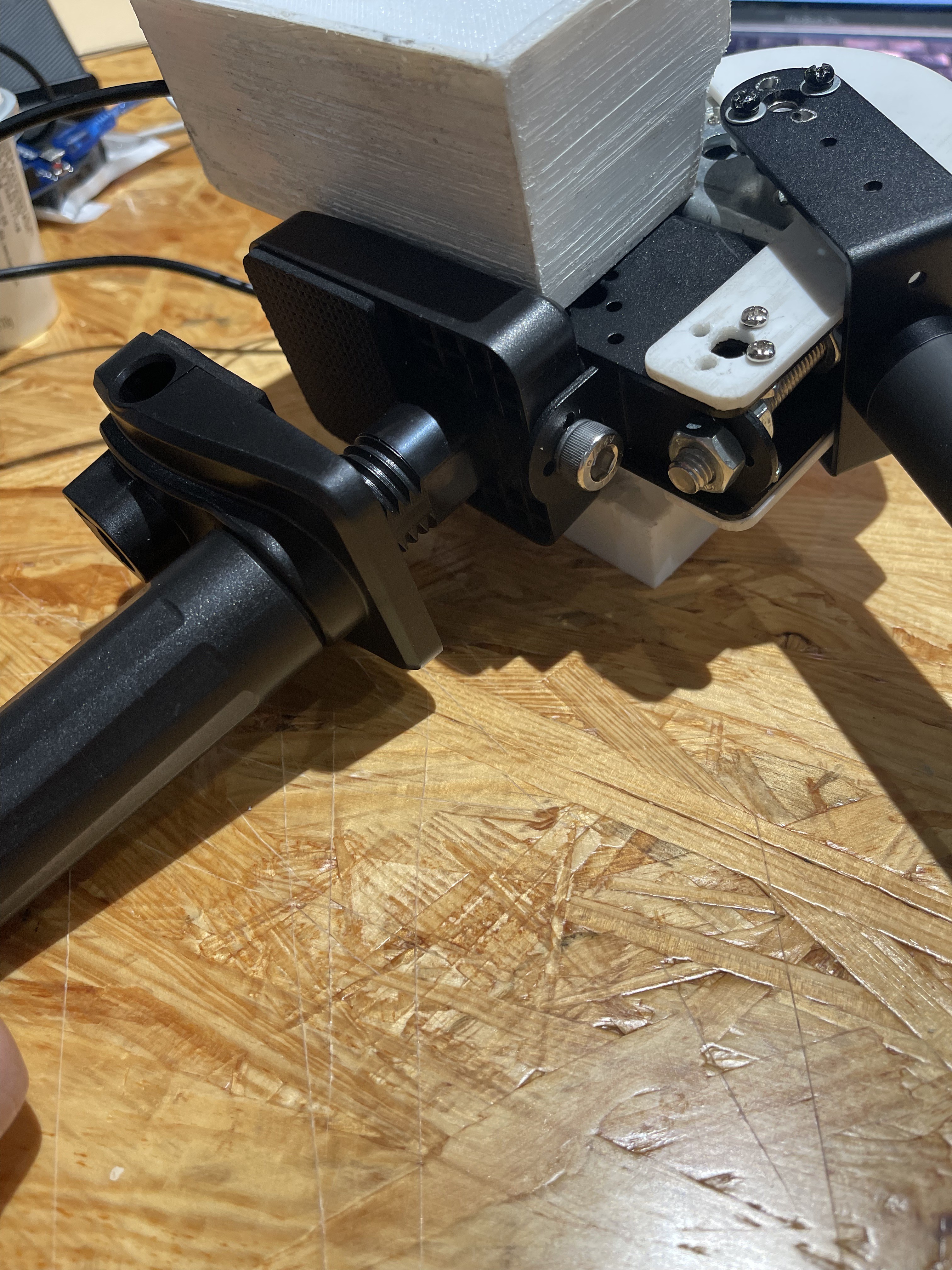
Initially I only used one of the connections, which resulted in the entire link being very unstable and shaking violently. Later, I purchased long cylindrical nuts, combined with long screws, a large number of nuts and corner codes, and successfully completed a relatively perfect connection.
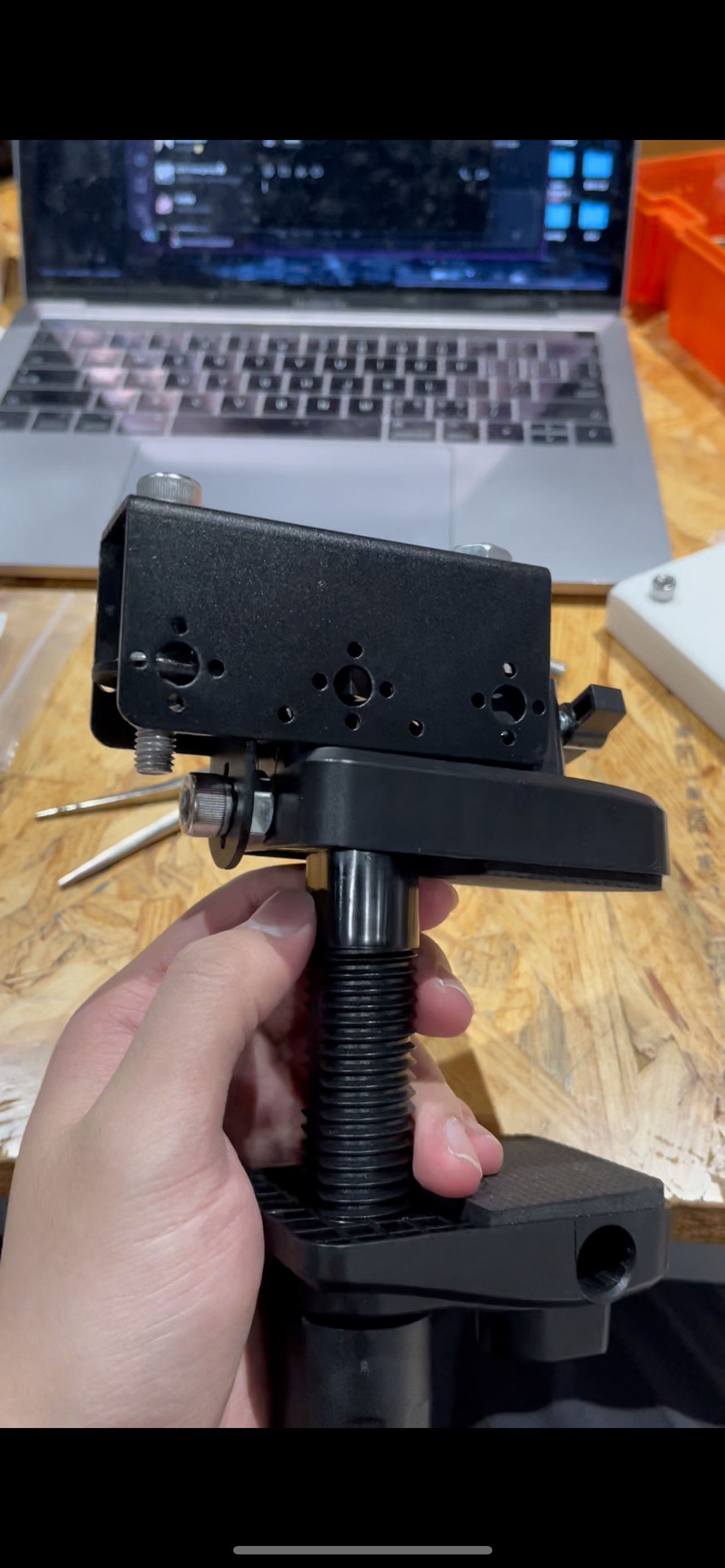
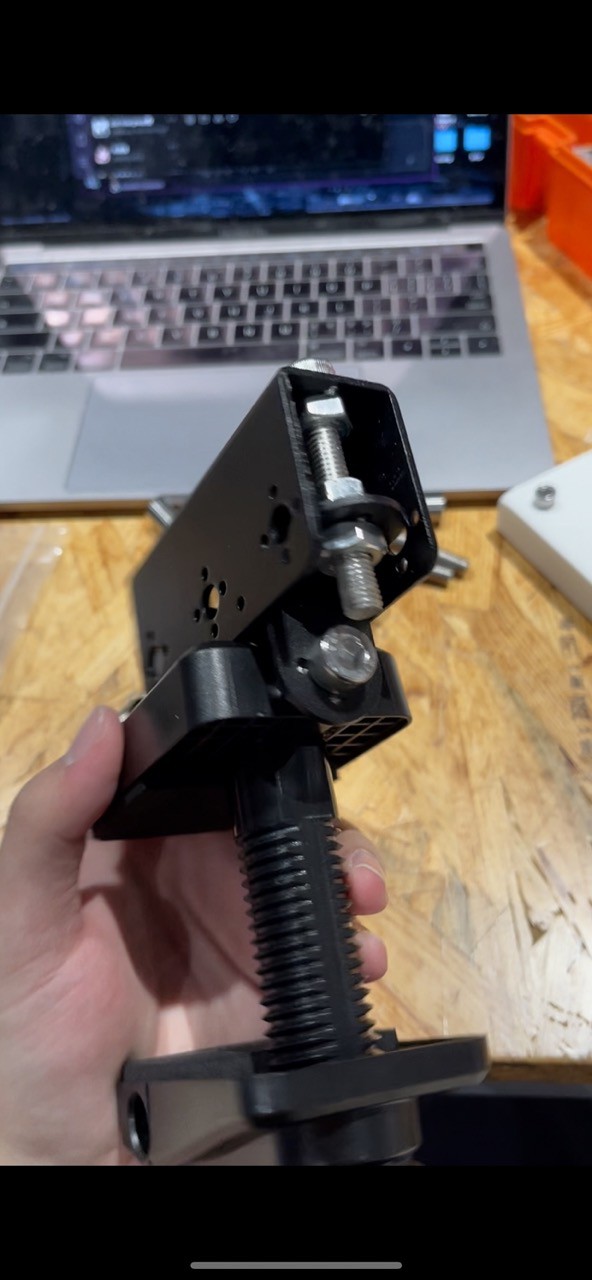
After completing the clamp connection, we contacted Michener and tested our clamp structure on his wheelchair. The effect was surprisingly good, but Michener also gave us some valuable feedback, which will be mentioned in the next update.
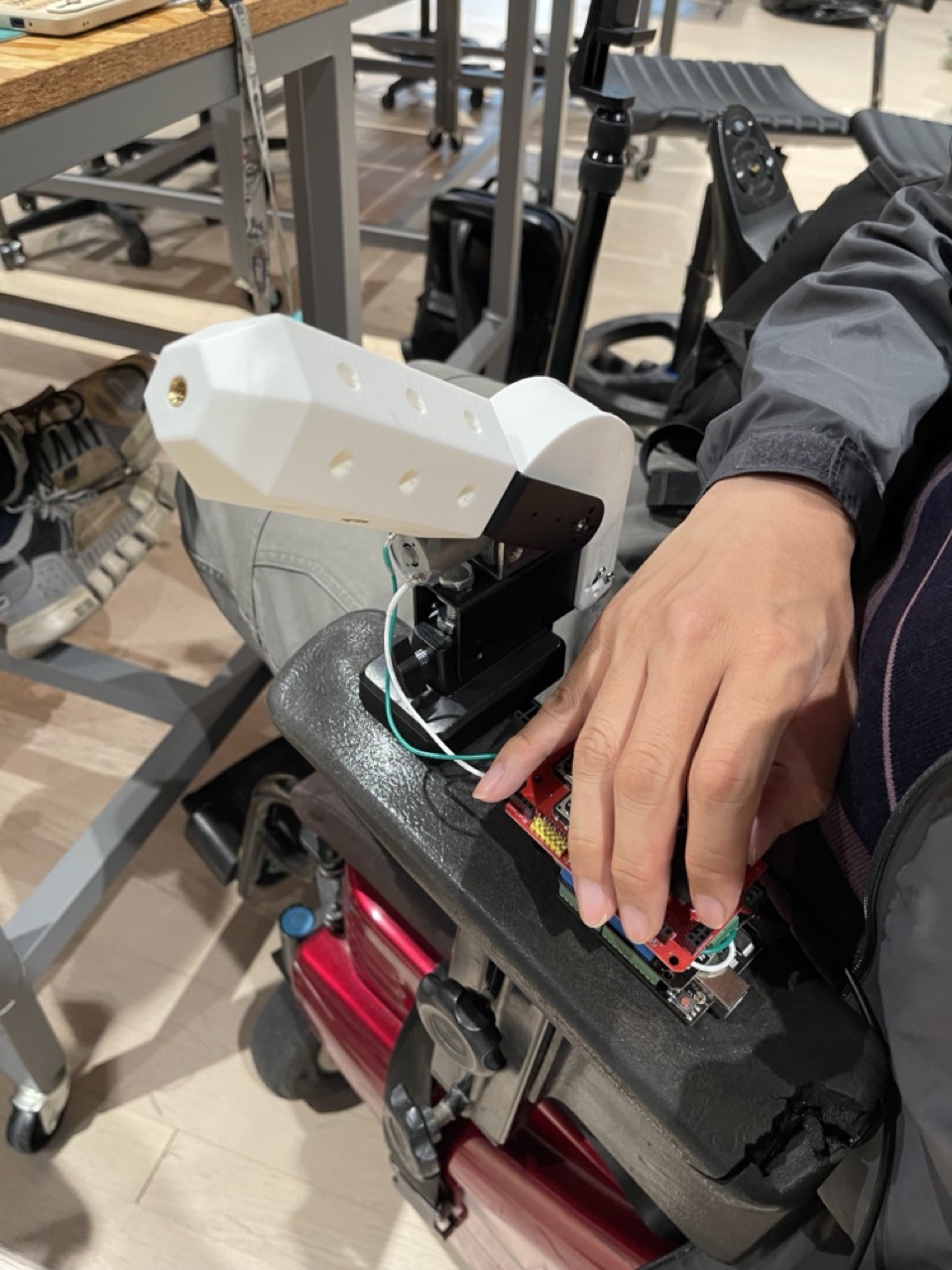
 Junzhe Guo (Sebastian)
Junzhe Guo (Sebastian)
Discussions
Become a Hackaday.io Member
Create an account to leave a comment. Already have an account? Log In.